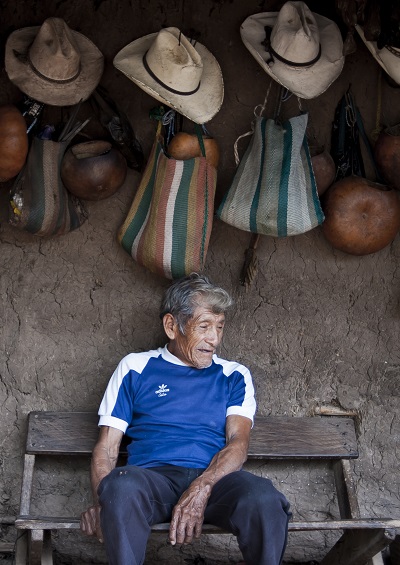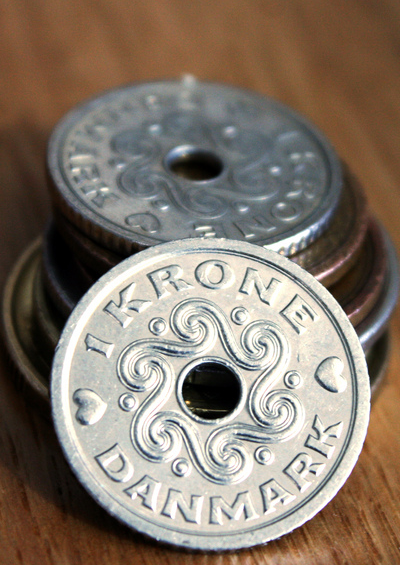Indigenous Mexicans’ Homes Under Threat
The Tzotzil people of southern Mexico survive off land the government wants to repossess.
February 22, 2015

Marcus Simaitis is a freelance photographer specializing in reportage and portrait photography based in Dortmund, Germany. He works for print media and non-government organizations worldwide.
Cruzton, a small village in the Chiapas mountains of southern Mexico, is home to four families of the Tzotzil people, one of several indigenous Mayan communities in the region. The families have lived in the area for at least several generations, growing corn and raising pigs, chickens and turkeys.
Their homes have electricity, but the area has no medical facilities and its roads remain unpaved. The nearest town is two hours’ drive away, most of it along a dirt track. The families have two off-road vehicles but seldom use them. Apart from in an emergency or for transporting a heavy load, they move around by horse or on foot. Each year, after the corn harvest, they sell part of their produce in the town’s market to earn a little cash to buy food and other necessities.
For decades, government officials have been trying to force the families to leave their land. During the Chiapas rebellion, a brief uprising launched by poor peasants from the region in 1994, the families supported the rebellion’s call for land reform and greater local autonomy. Nowadays, however, their main hope is to be left alone to farm their fields in peace.
Text and photographs by Marcus Simaitis
Brothers Miguel, Manuel and Rafael sharpen their machetes before starting work in their cornfields.
Marcos with firewood he has collected. His horses will carry the firewood to his village.
Martin, one of Cruzton’s village elders, sits in front of his cottage.
 Marcus Simaitis is a freelance photographer specialising in reportage and portrait photography based in Dortmund, Germany. He works for print media and non-government organisations worldwide.
Marcus Simaitis is a freelance photographer specialising in reportage and portrait photography based in Dortmund, Germany. He works for print media and non-government organisations worldwide.The Other Hundred is a unique photo-book project (order here) aimed as a counterpoint to the Forbes 100 and other media rich lists by telling the stories of people around the world who are not rich but who deserve to be celebrated.
Its 100 photo-stories move beyond the stereotypes and cliches that fill so much of the world’s media to explore the lives of people whose aspirations and achievements are at least as noteworthy as any member of the world’s richest 1,000.
 Selected from 11,000 images shot in 158 countries and submitted by nearly 1,500 photographers, The Other Hundred celebrates those who will never find themselves on the world’s rich lists or celebrity websites.
Selected from 11,000 images shot in 158 countries and submitted by nearly 1,500 photographers, The Other Hundred celebrates those who will never find themselves on the world’s rich lists or celebrity websites.Takeaways
The Tzotzil people of southern Mexico survive off land the government wants to repossess.






